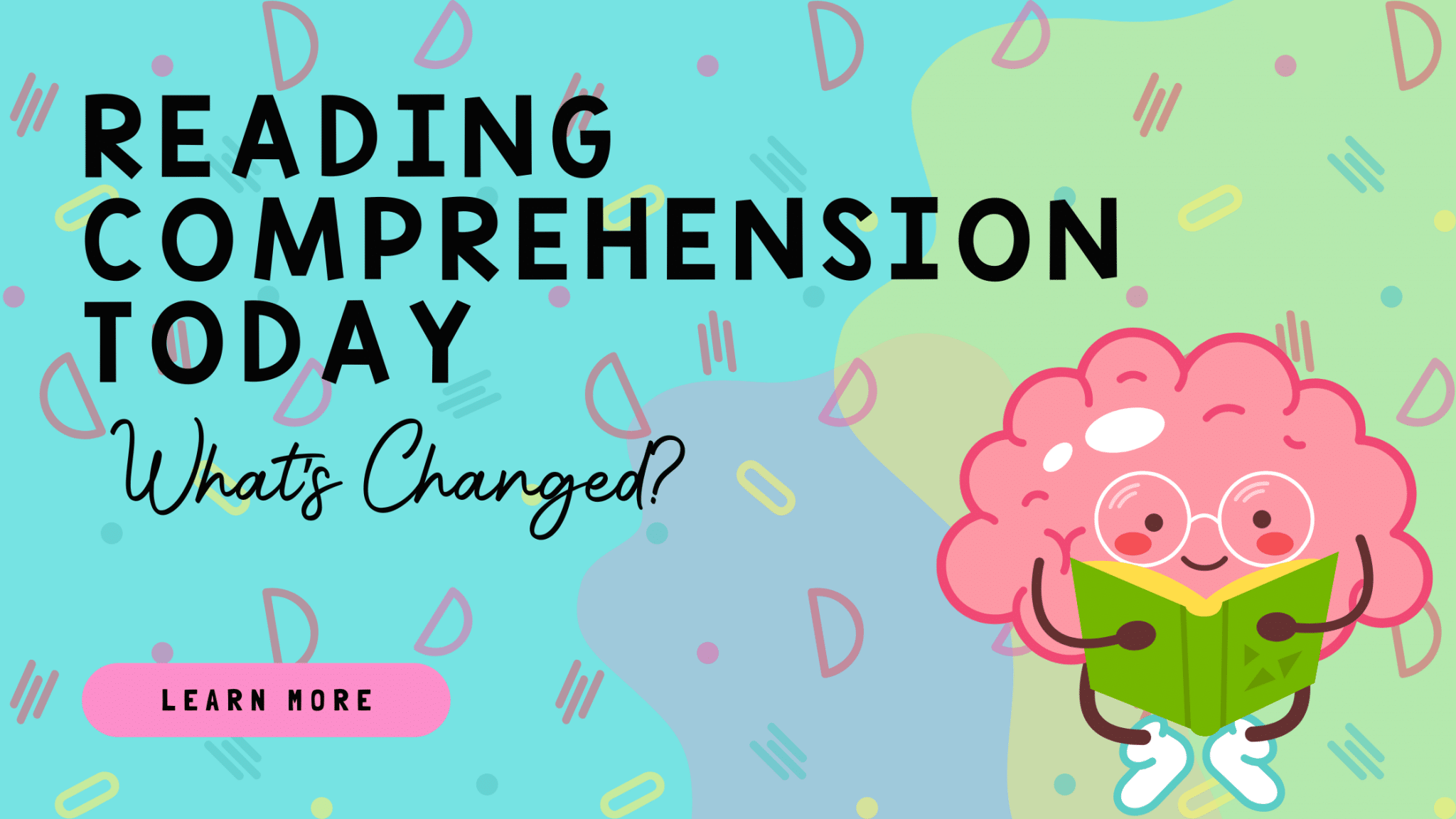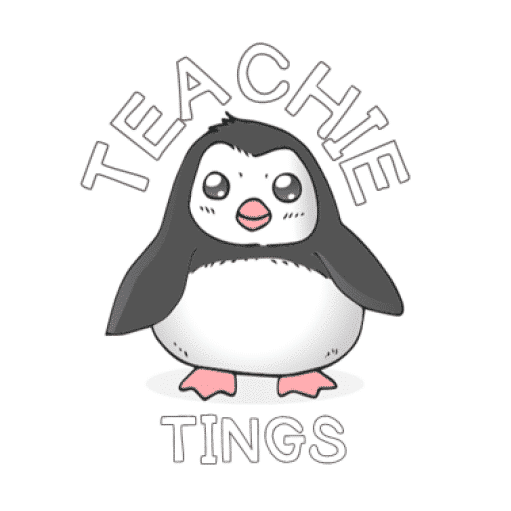
In recent years, the science of reading has significantly transformed teaching practices, bringing about a more evidence-based and nuanced approach to literacy instruction. This knowledge has influenced teaching methodologies, emphasising the importance of systematic and explicit phonics instruction, decoding skills, and phonemic awareness. We’ve got a great decoding freebie here! Yet, while the primary focus […]
